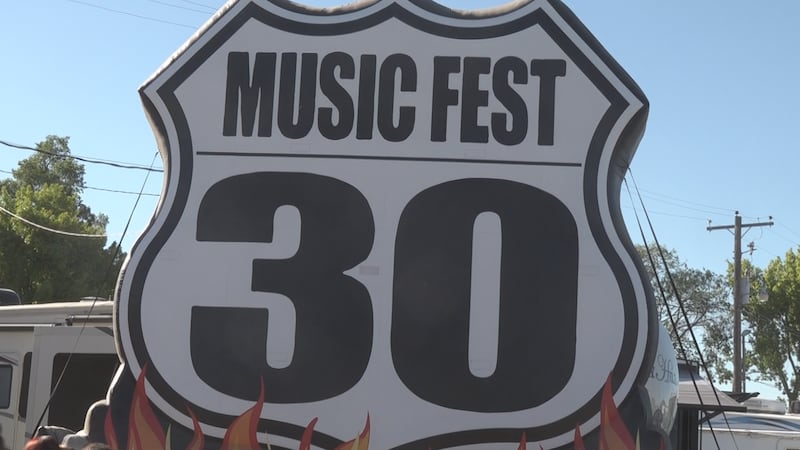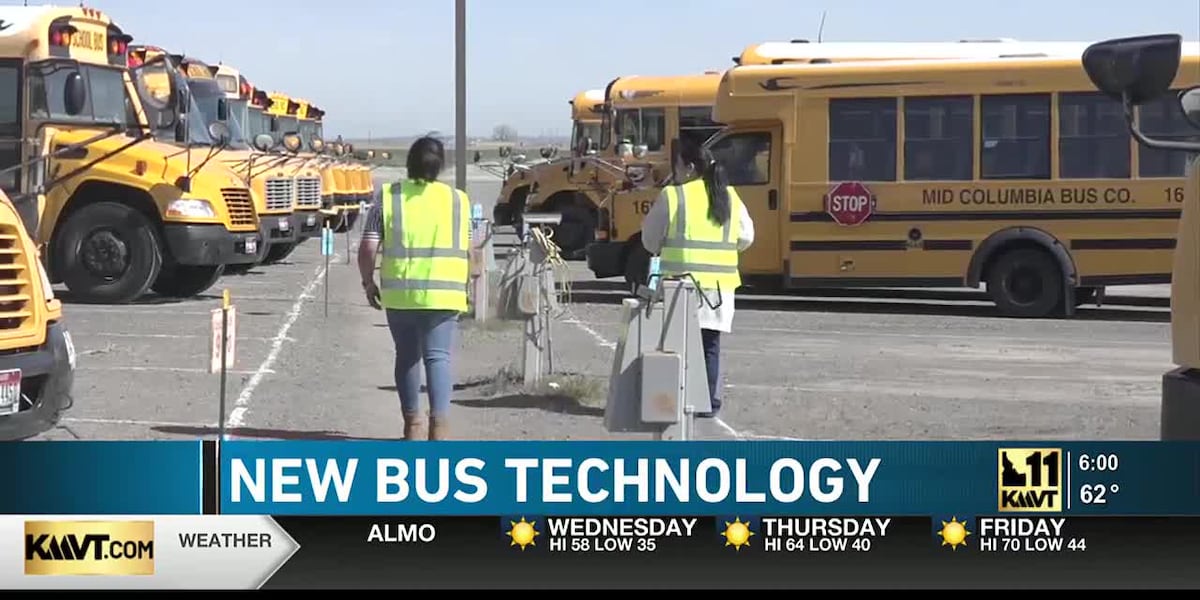## Level Up School Safety: New Tech is Making the Ride Home Gamer-Level Secure!
Think school buses are just big yellow boxes on wheels? Think again! 🚌💥 New tech is transforming the ride from “boring” to “bulletproof,” literally. We’re talking features straight out of a sci-fi game, designed to keep kids safe from the dangers of the real world. From AI-powered sensors to high-tech cameras, this isn’t your grandma’s bus anymore. Get ready to discover the cutting-edge innovations making school buses the safest transport for our future gamers!

From Strangers to Scanners: Analyzing the Impact of Student Identification Systems on Bus Security
School buses, the lifeblood of student transport, are increasingly incorporating technology to enhance safety. One notable advancement is the implementation of student identification systems, leveraging scannable cards or biometric authentication to verify passenger identities. This shift from anonymous boarding to individualized tracking presents a significant leap in security.
The benefits of these systems are multifaceted. Firstly, they deter unauthorized individuals from boarding buses, mitigating the risk of abduction or other safety threats. Secondly, they provide a precise record of who is on board at all times, facilitating swift response in emergency situations. In the event of a missing child, the system can pinpoint the last known location of the student, significantly aiding in search and rescue efforts.
Furthermore, these systems can streamline attendance tracking and ensure accurate data for school administrators. Parents can also benefit from real-time notifications regarding their child’s boarding and disembarking times, fostering a sense of security and peace of mind.

Early Warning Systems: Investigating the Role of Sensors and AI in Detecting Potential Dangers on School Buses
Beyond passenger identification, cutting-edge technology is being integrated into buses themselves to proactively identify and mitigate potential dangers. Sensors strategically placed throughout the vehicle monitor various parameters, creating a comprehensive safety net.
For instance, accelerometers can detect sudden braking or swerving, signaling a potential accident. Cameras equipped with advanced image recognition software can identify unsafe behaviors, such as students not properly seated or engaging in disruptive activities. This data, coupled with real-time GPS tracking, allows for proactive intervention by bus drivers or dispatchers.
Integrating artificial intelligence (AI) into these systems elevates their capabilities. AI algorithms can analyze sensor data and camera feeds to identify patterns and anomalies, flagging potential risks before they escalate. Imagine an AI system that can predict a potential traffic hazard based on historical data and real-time traffic conditions, prompting the bus driver to adjust their route or speed accordingly.

Building a Safer Route: Discussing How Technology Can Help Identify and Mitigate Traffic Hazards Along School Bus Routes
The journey to school is not just confined to the bus itself; the surrounding roads pose unique challenges. Technology can significantly enhance safety along these routes by identifying and mitigating potential hazards.
Smart traffic management systems can analyze traffic flow and identify congestion points or areas with a high incidence of accidents. This information can be used to optimize bus routes, minimizing travel time while ensuring safety. Moreover, real-time traffic updates can alert drivers to road closures, accidents, or other unforeseen obstacles, allowing them to take alternative routes or adjust their schedules accordingly.
The Future is Smart: Implications for the Gaming Industry

The intersection of gaming technology and school bus safety presents exciting possibilities for innovation and education.
Simulating Safety: Exploring the Potential for Incorporating School Bus Safety Technology into Driving Simulators for Educational Purposes
Driving simulators are widely used in driver’s education programs to provide a safe and controlled environment for learners to practice their skills. Integrating school bus safety technology into these simulators can create a more realistic and immersive learning experience.
Imagine a driving simulator that incorporates the same sensors and AI-powered features found in real-world school buses. Learners could practice navigating complex traffic scenarios, responding to unexpected events, and adhering to school bus safety regulations in a virtual environment. This would provide them with valuable hands-on experience and enhance their understanding of the challenges and responsibilities associated with driving a school bus.

Gamified Learning: Imagining How Games Can Be Designed to Teach Children About Safe Bus Riding Practices
Gamification, the application of game design elements to non-game contexts, can be a powerful tool for engaging children and promoting safe behavior. Games can be designed to teach children about essential school bus safety rules, such as staying seated, using handrails, and waiting patiently for the bus to come to a complete stop.
For example, a mobile game could feature interactive scenarios where children must make decisions about safe bus riding practices. They could earn points for correct choices and lose points for mistakes, encouraging them to learn and apply the rules in a fun and engaging way. This gamified approach can make learning about safety both enjoyable and memorable.

Real-World Impact: Discussing the Possibility of Leveraging Gaming Technology to Develop Innovative Safety Solutions for School Buses
The gaming industry’s expertise in creating immersive virtual worlds and simulating complex scenarios can be invaluable in developing innovative safety solutions for school buses.
For instance, game developers could create virtual simulations of school bus routes, incorporating real-world data on traffic patterns, pedestrian behavior, and potential hazards. These simulations could be used to train bus drivers in various scenarios, helping them to develop better decision-making skills and respond effectively to unexpected situations. This could lead to a significant reduction in accidents and improve overall safety on school bus routes.
Conclusion

From GPS tracking to stop-arm cameras and emergency communication systems, the article paints a vivid picture of how new technology is revolutionizing school bus safety. These innovations aren’t just fancy gadgets; they represent a tangible commitment to safeguarding the most precious cargo on our roads. By equipping buses with these tools, we’re empowering drivers, alerting authorities to potential dangers, and deterring reckless behavior, ultimately creating a safer environment for our children.
This shift towards tech-driven safety isn’t just about reducing accidents; it’s about fostering a culture of vigilance and accountability. Imagine a future where parents can track their children’s every move on their school bus journey, where law enforcement can swiftly respond to incidents, and where the threat of illegal passing is minimized. The implications are far-reaching, impacting not just individual students but also the entire educational ecosystem. As technology continues to evolve, we can expect even more sophisticated safety features to emerge, paving the way for a future where school buses truly embody the promise of a safe and secure journey for every child.
